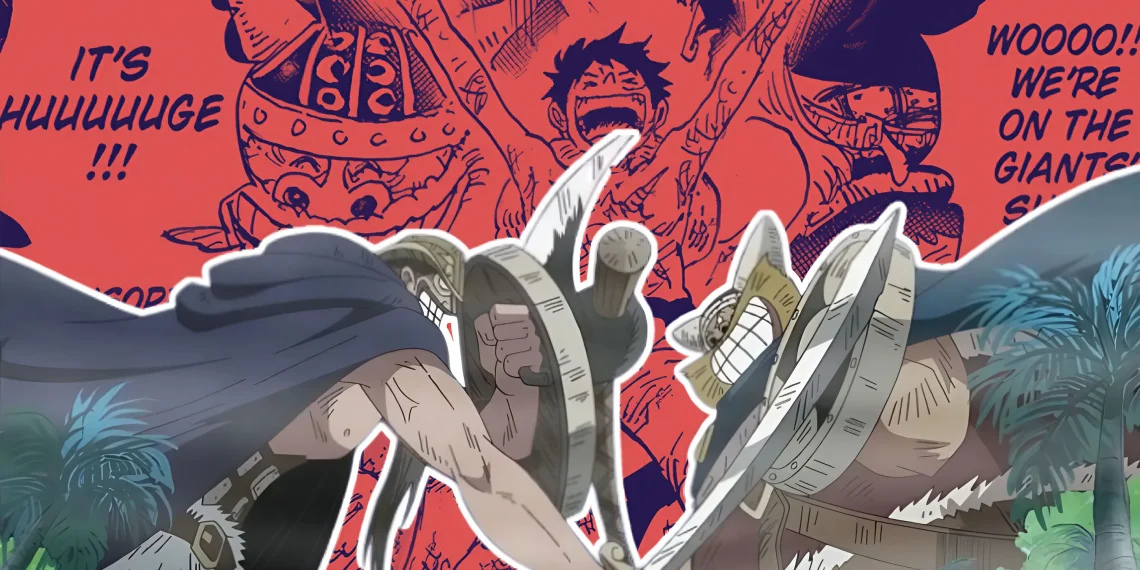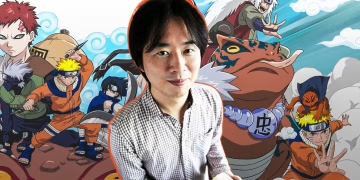The world of One Piece, created by the brilliant mind of Eiichiro Oda, is one that never ceases to amaze its audience.
For over two decades, this epic manga has taken fans on an extraordinary journey filled with adventure, mystery, laughter, and countless tear-jerking moments.
One of the many reasons why One Piece has endured in popularity for so long is Oda’s ability to blend intricate world-building with a host of influences, from real-world history and mythology to literary works.
As fans continue to dissect the most recent arcs, there’s growing speculation about a fascinating new possibility: that the much-anticipated Elbaf arc could be inspired by Jonathan Swift’s timeless novel Gulliver’s Travels.
While the common perception is that Norse mythology is the driving inspiration behind the Elbaf storyline Elbaf itself being an anagram for “Alf,” the Norse name for elves there’s an argument to be made that Swift’s 18th-century satire about exploration and strange lands could also be playing a pivotal role.
The connections between Gulliver’s Travels and One Piece may not be immediately apparent, but on closer inspection, the parallels are striking.

For those unfamiliar, Gulliver’s Travels is a tale of a sailor named Lemuel Gulliver, who joins on a series of voyages to fantastical lands, each one revealing deep insights about human nature through allegory.
Interestingly, as the Elbaf arc in One Piece progresses, the peculiarities of the setting Nami waking up in a LEGO castle, the presence of giant creatures, and the strange behavior of the environment all seem to share certain similarities with the surreal and whimsical journey experienced by Gulliver.
The World of Gulliver’s Travels: An Introduction
Before diving deep into how Gulliver’s Travels may have influenced One Piece’s Elbaf arc, it’s essential to understand the novel itself.
Written by Jonathan Swift and published in 1726, Gulliver’s Travels is a satirical exploration of human nature, disguised as a fantastical adventure tale.
The novel follows Lemuel Gulliver, a ship’s surgeon who joins on four distinct voyages, each taking him to strange lands inhabited by unusual creatures and societies.
In the first voyage, Gulliver finds himself shipwrecked on the island of Lilliput, where the inhabitants are tiny, standing at only six inches tall.
Despite their diminutive size, the Lilliputians have a highly organized society, complete with a complex government and a penchant for petty politics.
Gulliver, who is a giant compared to them, is initially treated with suspicion, but later becomes a tool in their political squabbles.
The scenes of Gulliver tied down by the Lilliputians, helpless as they scurry around him, are some of the most iconic moments in the book.
The second voyage takes Gulliver to the land of Brobdingnag, where the roles are reversed: this time, it is Gulliver who is tiny, and the inhabitants are giants.
The king of Brobdingnag takes a particular interest in Gulliver, and through their conversations, Swift critiques the state of European society, contrasting it with the simpler, more ethical world of the Brobdingnagians.
In the third voyage, Gulliver travels to Laputa, a flying island inhabited by philosophers and scientists so engrossed in theoretical knowledge that they have lost all connection to practical reality.
This voyage satirizes the scientific community and the hubris of those who prioritize abstract thinking over practical concerns.
Finally, in the fourth voyage, Gulliver finds himself in the land of the Houyhnhnms, a race of intelligent, rational horses who live in a utopian society.
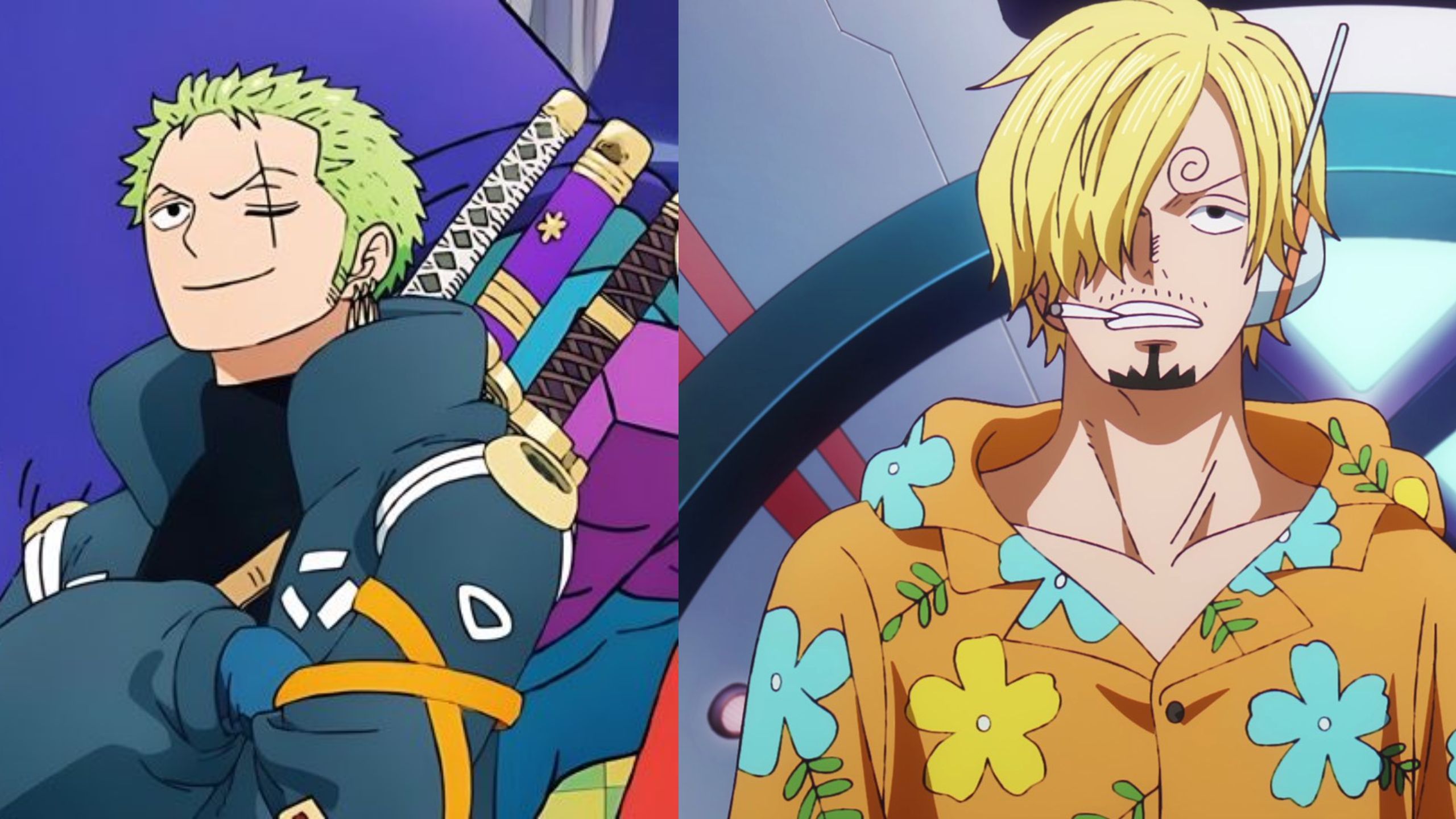
The humans in this land, known as Yahoos, are primitive and brutish, serving as a stark reflection of humanity’s basest instincts. By the end of the novel, Gulliver is so disillusioned with mankind that he prefers the company of horses over his fellow humans.
At its core, Gulliver’s Travels is a satire of the politics, science, and society of Swift’s time, but its themes are universal.
The novel’s exploration of perspective, power, and human folly resonates just as strongly today as it did nearly 300 years ago, and its influence can be seen in countless works of fiction, including One Piece.
Parallels Between Elbaf and Gulliver’s Travels
As the Elbaf arc begins, one of the first major scenes involves Nami waking up inside a strange LEGO castle, surrounded by giant creatures.
This setup immediately calls to mind the opening chapters of Gulliver’s Travels, in which Gulliver is shipwrecked on the island of Lilliput and wakes up to find himself tied down by tiny Lilliputians.
In both stories, the protagonist is thrust into a bizarre and unfamiliar environment, with no immediate explanation as to how they got there.
In One Piece, Nami’s confusion and disorientation mirror Gulliver’s initial reactions to the Lilliputians. Both characters are out of their element, forced to steer across a world that operates by different rules and customs.
The LEGO castle, with its whimsical and surreal atmosphere, shares the same sense of absurdity as Lilliput, where tiny people engage in comically petty political disputes.
The creatures Nami encounters giant cats and insects also have echoes of the strange animals Gulliver meets during his travels.
In both cases, the natural order of things is inverted: what is small becomes large, and what is familiar becomes strange.
Moreover, Gulliver’s eventual capture by the Lilliputians and his subsequent interactions with the giants in Brobdingnag reflect the dynamics that may play out between the Straw Hat Pirates and the giants of Elbaf.
In both stories, size and power are central themes, with the protagonists being caught between worlds of vastly different scales.
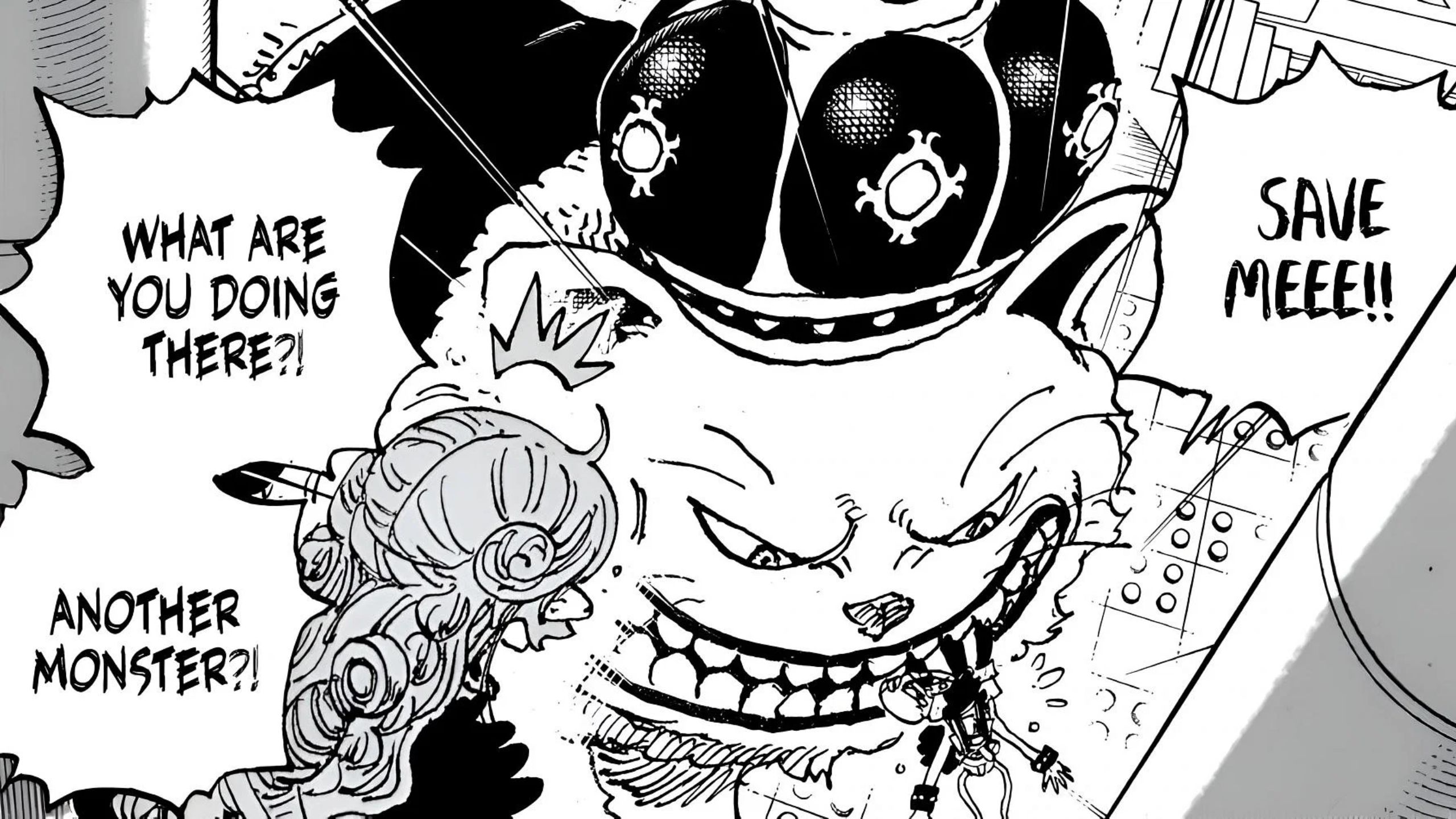
In One Piece, the giants of Elbaf have long been established as a powerful and warrior-like race, much like the Brobdingnagians in Gulliver’s Travels.
The idea of giants capturing or interacting with smaller beings is a common thread between the two works, and it raises intriguing possibilities for how the Straw Hats will cut cross their encounters with the giants of Elbaf.
The Role of Giants in One Piece and Gulliver’s Travels
Giants have always held a special place in One Piece. From the early introduction of Dorry and Brogy, the giant warriors from Elbaf, to the more recent revelations about the ancient history of the world, giants have been portrayed as a formidable and noble race.
In the Elbaf arc, the Straw Hat Pirates will likely jump deeper into the culture and history of these giants, uncovering secrets that may have far-reaching implications for the larger narrative of One Piece.
This fascination with giants is not unique to One Piece. In Gulliver’s Travels, Gulliver’s second voyage to Brobdingnag offers a similar exploration of the giant archetype.
However, whereas the giants in One Piece are portrayed as powerful warriors, the Brobdingnagians are more contemplative and ethical.
They live in a society that values simplicity and honesty, in stark contrast to the corruption and decadence of European society.
The Brobdingnagians, despite their physical superiority, are portrayed as morally superior as well, highlighting Swift’s critique of European imperialism and the arrogance of power.
In One Piece, the giants of Elbaf are similarly positioned as a noble and proud race, but their warrior culture adds a layer of complexity to their portrayal.
While the Brobdingnagians are largely peaceful, the giants of Elbaf are known for their strength and combat prowess.
This difference reflects the broader thematic concerns of One Piece, which often explores the tension between power and morality.
The Straw Hat Pirates, who value freedom and individuality above all else, may find themselves at odds with the rigid codes of honor and duty that define Elbaf’s warrior culture.

Yet, despite these differences, both Gulliver’s Travels and One Piece use the giant archetype to explore themes of perspective and power.
In both stories, the protagonists are forced to confront beings who are physically and culturally different from themselves, leading to a reevaluation of their own values and beliefs.
In One Piece, this encounter with the giants of Elbaf may offer new insights into the nature of power and justice, themes that have been central to the series since its inception.
Exploring the LEGO Castle and Its Symbolism
One of the most intriguing aspects of the Elbaf arc is the strange LEGO castle in which Nami finds herself trapped.
The castle, with its playful and surreal design, is a departure from the more grounded settings of previous arcs, and it immediately evokes comparisons to the whimsical and fantastical lands of Gulliver’s Travels.
The LEGO castle can be seen as a symbol of the fragmented and disjointed nature of the Elbaf arc’s opening chapters.
Just as the castle is made up of individual LEGO bricks, the story itself is made up of seemingly disconnected pieces that gradually come together to form a coherent whole.
This sense of fragmentation mirrors Gulliver’s own experiences as he travels from one strange land to another, each one presenting a different facet of human nature.
In Gulliver’s Travels, the island of Laputa serves a similar symbolic function.
Laputa, a floating island inhabited by scientists and philosophers, represents the dangers of intellectual hubris and the disconnect between theory and practice.
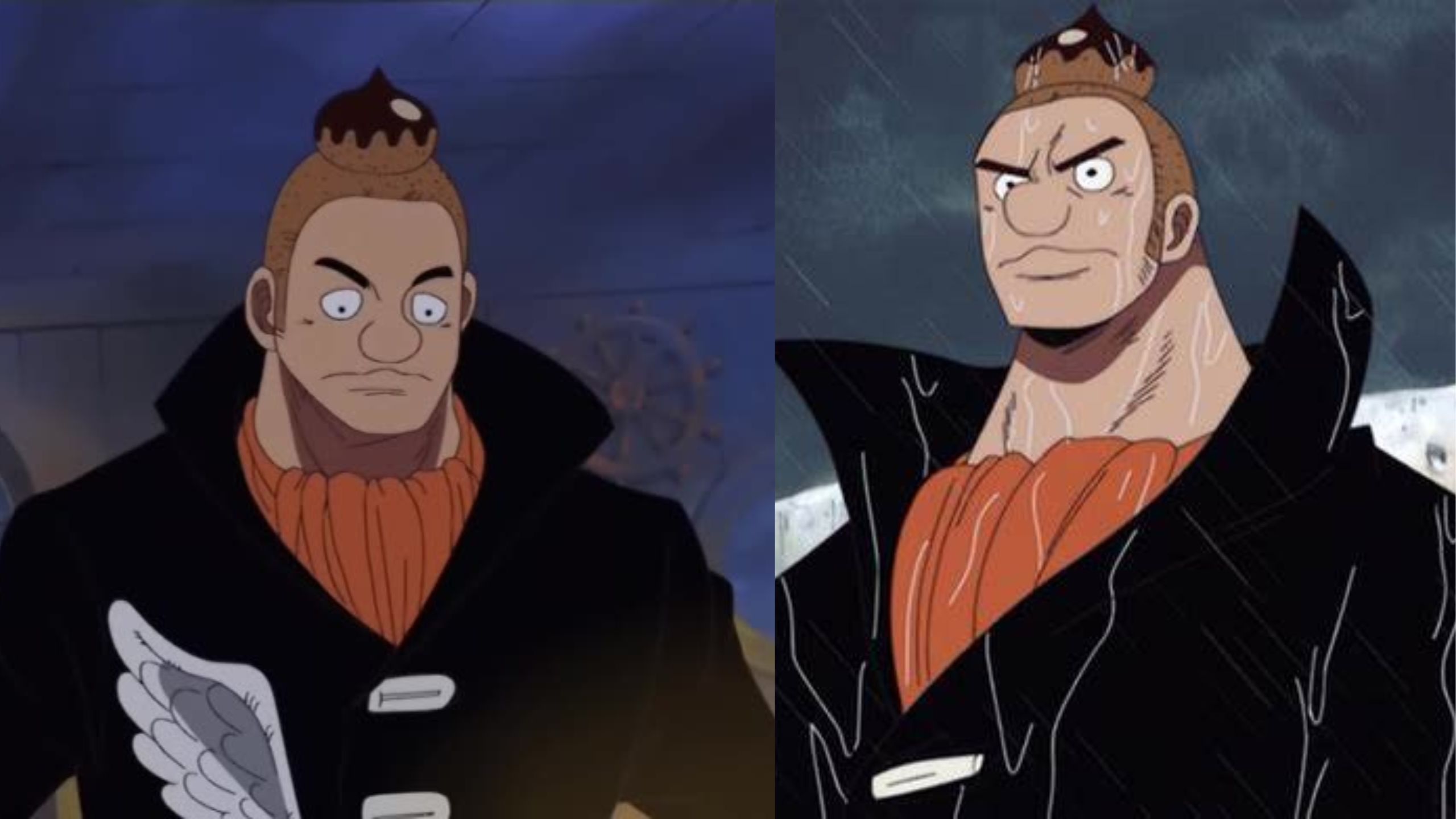
The inhabitants of Laputa are so focused on abstract concepts that they have lost touch with reality, much like the whimsical inhabitants of the LEGO castle seem to operate according to their own bizarre logic.
However, while Laputa is a critique of the scientific community, the LEGO castle in One Piece may serve as a broader metaphor for the nature of storytelling itself.
Just as the castle is built from individual bricks, One Piece is built from a myriad of influences, each one contributing to the larger narrative.
The castle’s playful design reflects the joy and creativity that Oda brings to his storytelling, reminding the audience that, despite its epic scope, One Piece is ultimately a work of fiction, crafted from the imagination of its creator.
The Giants’ Role in the Elbaf Arc
As the Elbaf arc unfolds, it becomes clear that the giants will play a significant role in shaping the narrative.
The giants of Elbaf have long been a source of fascination for fans, and their warrior culture and ancient history offer a wealth of storytelling possibilities.
In Gulliver’s Travels, the giants of Brobdingnag are portrayed as morally superior beings, whose simple and ethical way of life contrasts sharply with the corruption and decadence of European society.
This portrayal serves as a critique of imperialism and the arrogance of power, themes that resonate with the larger narrative of One Piece.
In One Piece, the giants of Elbaf are similarly positioned as a noble and proud race, but their warrior culture adds a layer of complexity to their portrayal.
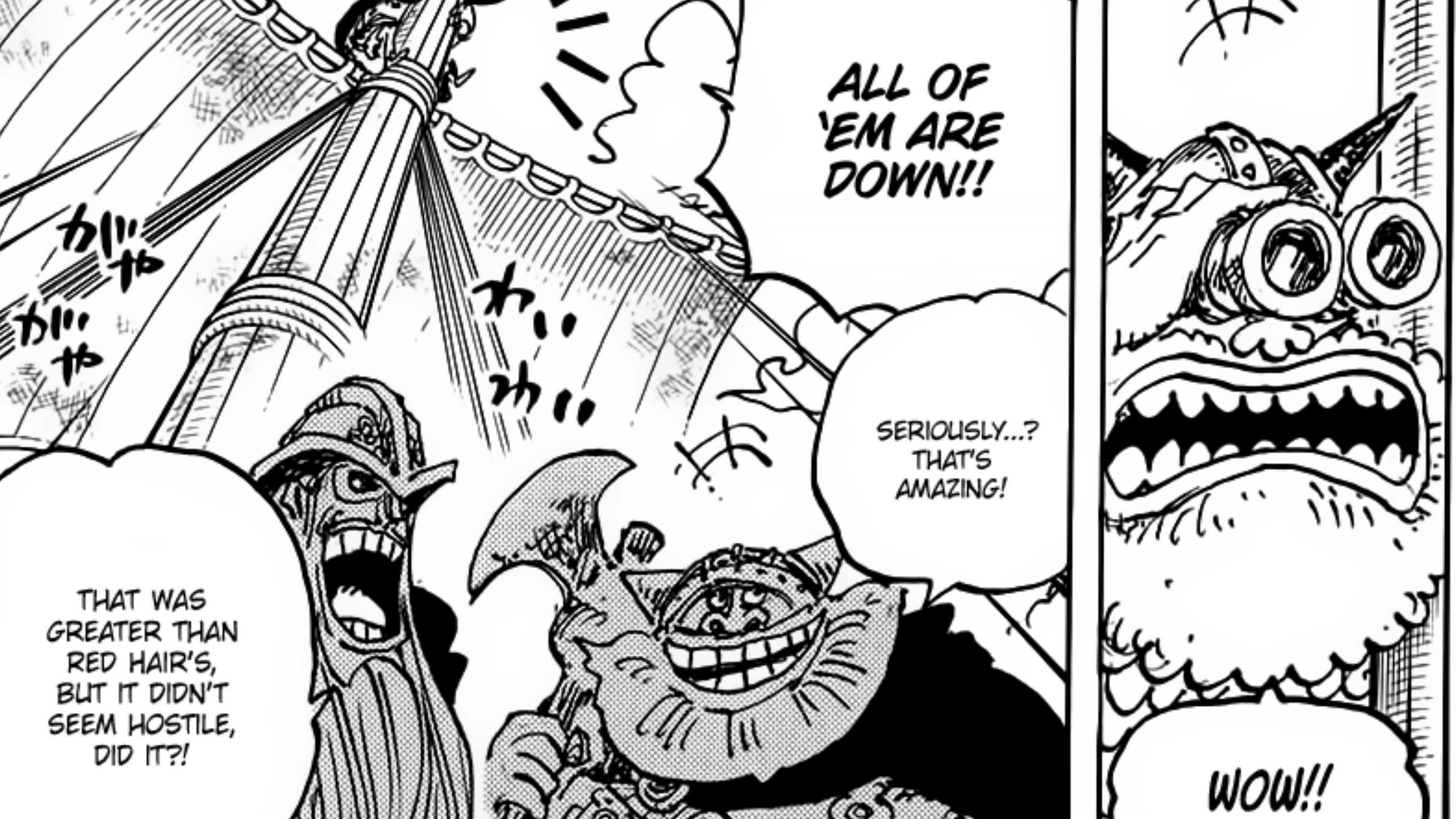
The Elbaf arc is likely to explore the tension between the giants’ warrior ethos and the Straw Hat Pirates’ more individualistic approach to life.
This conflict may raise important questions about the nature of power and justice, themes that have been central to One Piece since its inception.
Moreover, the giants of Elbaf may hold the key to some of the series’ most significant mysteries.
Their ancient history, combined with their unique perspective on the world, could provide valuable insights into the Void Century, the lost history of the world that has been a central focus of the series for many years.
As the Straw Hat Pirates continue their journey, their interactions with the giants of Elbaf will undoubtedly have far-reaching implications for the larger narrative of One Piece.
Oda’s Inspirations and the Literary Influences in One Piece
One of the most remarkable aspects of Eiichiro Oda’s storytelling is his ability to draw from a wide range of influences, from mythology and history to literature and pop culture.
One Piece is a veritable treasure trove of references and allusions, with each arc offering new insights into the stories and ideas that have shaped Oda’s creative process.
In the case of the Elbaf arc, the parallels with Gulliver’s Travels are particularly striking.
Both stories feature characters who join on extraordinary voyages, encountering strange lands and beings that challenge their understanding of the world.

The themes of perspective, power, and human nature that run through Gulliver’s Travels are echoed in the Elbaf arc, suggesting that Oda may have drawn inspiration from Swift’s novel when crafting this storyline.
However, One Piece is much more than a simple pastiche of its influences. Oda’s genius lies in his ability to take familiar ideas and transform them into something entirely new and unique.
While the connections to Gulliver’s Travels are compelling, they are just one part of the larger drapes of influences that have shaped One Piece.

